| IN A NUTSHELL |
|
In an unprecedented scientific development, researchers have revived ancient microalgae from the sediments of the Baltic Sea, offering a window into the past that could reshape our understanding of marine ecosystems. These microalgae, lying dormant for nearly 7,000 years, have been awakened, providing a rare glimpse into how life has adapted over millennia. The study, published in The ISME Journal, not only highlights the resilience of these organisms but also opens doors to new insights into climate change adaptation and ecological dynamics.
A Dive into the Ancient Marine World
The revival of dormant organisms is a captivating scientific phenomenon, offering a direct glimpse into ancient ecosystems. In this particular study, scientists focused on Skeletonema marinoi, a common diatom found in the Baltic Sea sediments. These algae had been preserved in a dormant state, deprived of light and oxygen, for thousands of years. By successfully reviving them, researchers could study these ancient life forms in a manner previously thought impossible.
Genetic analyses revealed that the ancient algae had undergone adaptations over time. Despite the long dormancy, these algae resumed normal photosynthetic activity, pointing to their remarkable resilience. This approach, known as resurrection ecology, allows scientists to delve into historical environmental conditions, offering a living snapshot of past marine life. Such insights are invaluable for understanding the evolutionary processes that have shaped marine ecosystems over millennia.
A Tool for Understanding the Future
The ancient microalgae, some dating back over 6,800 years, demonstrated robust growth and oxygen production, underscoring their resilience. Researchers are now examining how these ancient strains respond to different climate scenarios. By contrasting ancient and modern strains, scientists aim to glean insights into how past climate changes affected marine life and predict future ecosystem dynamics.
This study underscores the significance of sediments in tracing the genetic evolution of species. Future research is poised to explore the specific adaptations these organisms have undergone over thousands of years. Understanding these evolutionary processes is vital for predicting the impacts of current and future climate changes on marine ecosystems.
Exploring Dormancy in Microalgae
Dormancy serves as a critical survival strategy in nature, allowing organisms to endure unfavorable conditions. In microalgae like Skeletonema marinoi, dormancy involves creating specialized cells with thick walls and energy reserves. These cells can withstand harsh conditions, including the absence of light and extreme temperatures. When conditions improve, they undergo a metabolic awakening, resuming vital functions like photosynthesis.
Unlike simple hibernation, dormancy requires intricate physiological adaptations, such as producing protective proteins. This survival mechanism is often linked to seasonal cycles, allowing cells to settle into sediments during harsh winters and resurface in more favorable conditions. The Baltic Sea study raises intriguing questions about the limits of dormancy, with some strains remaining inactive for millennia.
Implications and Future Directions
This groundbreaking discovery challenges our understanding of life’s endurance over extended periods. How do these organisms maintain cellular integrity for so long? Are their repair mechanisms still functional? Such questions propel the field of resurrection ecology, using these microalgae as models to explore extreme longevity. Beyond marine biology, this research offers potential insights into climate resilience and life’s adaptability.
As we unlock the secrets of these ancient organisms, the implications for our planet’s future become apparent. How might these findings influence strategies for preserving biodiversity amid a changing climate? The answers may lie hidden in our oceans, waiting to be uncovered.
Did you like it? 4.5/5 (24)
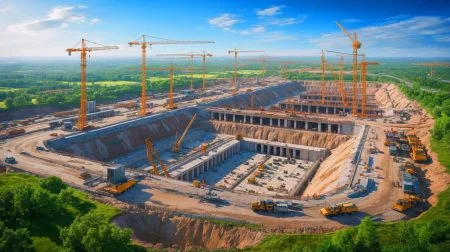
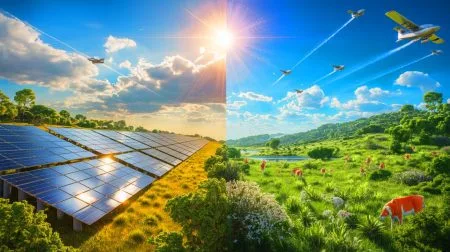
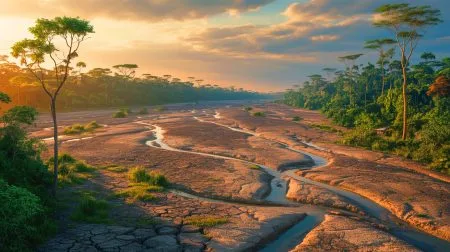

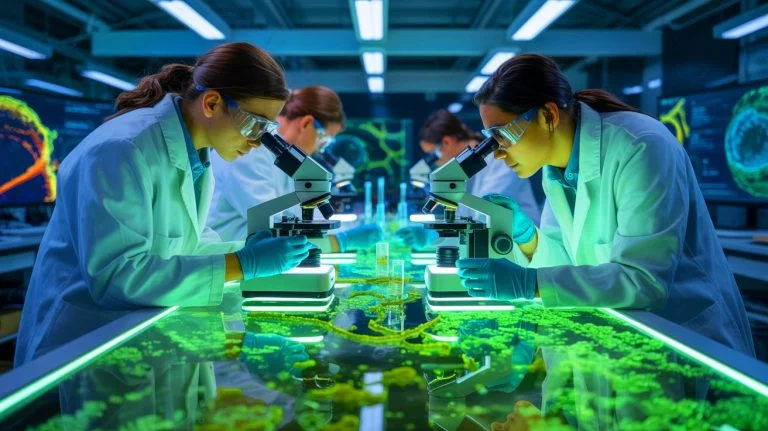

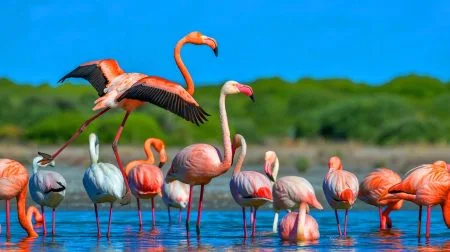
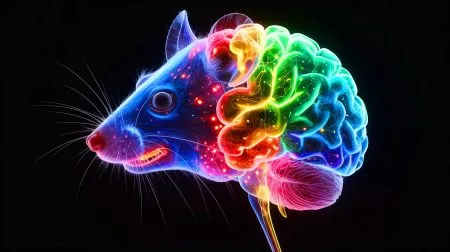
Wow, 7,000 years is a long time! How did they even find these algae? 🤔
This is incredible! Could this research help us understand more about climate change?
I’m skeptical. How can something so old still be alive? Seems unlikely to me.
Thank you for sharing this fascinating discovery. Nature never ceases to amaze! 🌍
Are there any potential risks in reviving ancient organisms? Just curious!
This sounds like something out of a sci-fi movie. Can’t believe it’s real!
The resilience of nature is truely inspiring. Great work, scientists! 🌿
Is there any chance these algae could be harmful to modern ecosystems?
I’m curious about the genetic changes. What exactly did they find?